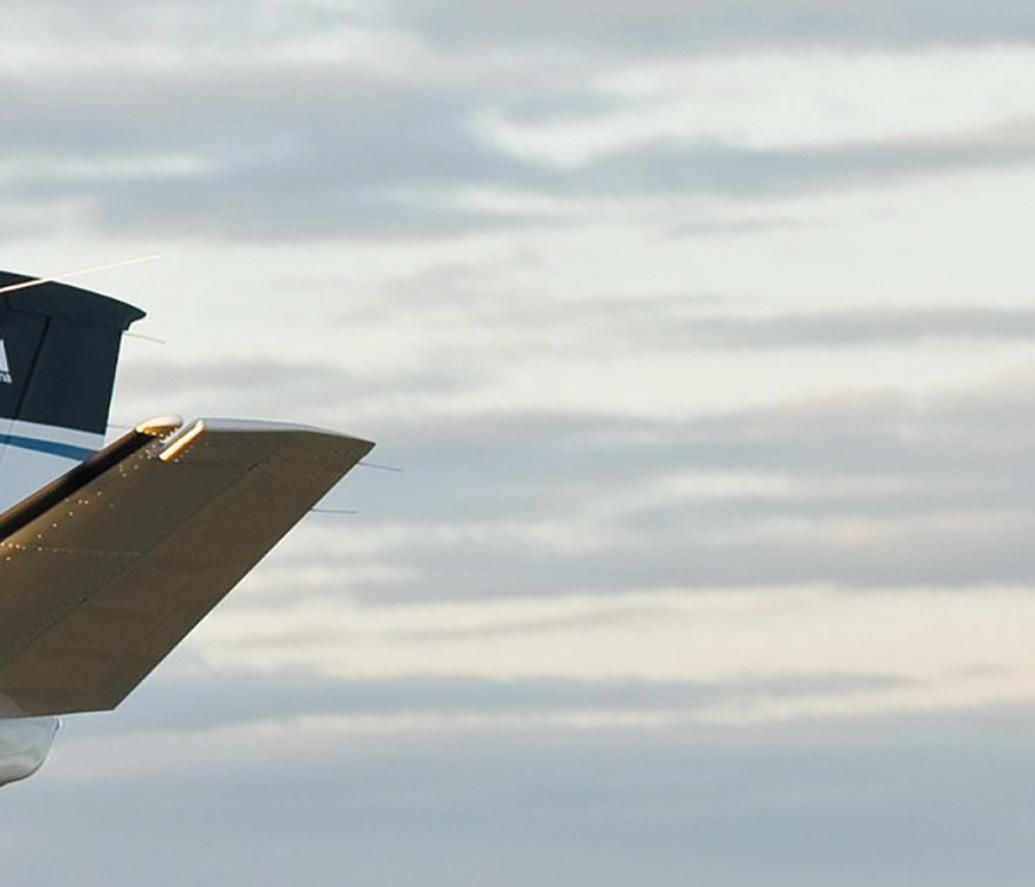APeek at Planes

























Teachers and parents
Before tackling these Green Level Readers, a child will need to be able to:
l Recognise the basic 42 letter sounds and the alternative spellings in the leaves below;
l Read (blend) regular words containing these letter sounds;
l Recognise the tricky words shown in the flowers below;
down little
live what
when
give which who
wing



The wings lift the plane.
body
rudder



The tail helps to keep the plane steady as it flies.












tail

The cockpit is where the pilot (/pâlìt/) sits.
The wings have some important smaller parts.

The winglets at the ends of a plane’s wings help the plane to travel more smoothly.












The slats, flaps, ailerons and spoilers are used to steer the plane and control its speed as it takes off, flies and lands.





Sometimes, biplanes are used for tricks and stunts. One such stunt involves a person standing on the wings of a plane as it flies!


This man is doing tricks and flips as the plane flies. He is attached to the plane, but it is still a risky thing to do.

















Small jets can be used to do tricks and stunts, as well.







These jets are doing a loopthe-loop.



These jets are going straight up, which is a very difficult thing to do in a plane.














Teachers and parents
An important part of becoming a confident, fluent reader is a child’s ability to understand what they are reading. Below are some suggestions on how to develop a child’s reading comprehension. Make reading this book a shared experience between you and the child. Try to avoid leaving it until the whole book is read before talking about it. Occasionally stop at various intervals throughout the book.
l Ask the child if they learnt anything in the book that they did not know before.
l Ask the child which part of the book they thought was the most interesting. Ask them to explain why this part interested them most.
l Ask the child to describe what is happening in the pictures.
l Relate what is happening in the book to any real-life experiences the child may have.
l Pick out any vocabulary that may be new to the child and ask what they think it means. If they don’t know, explain it and relate it to what is happening in the book.
l Encourage the child to summarise, in their own words, what they have read.
What’s in the book?
l Who sits in the cockpit of a plane?
l What was different about Concorde?
l What is a sonic boom?
What do you think?
l Have you been in a plane before?
l Do you think there should be fewer plane flights? Why (not)?



